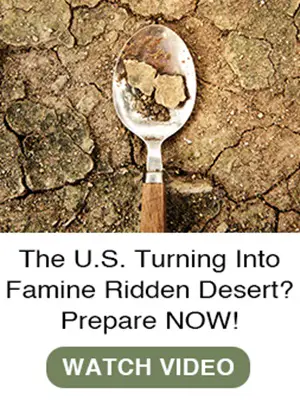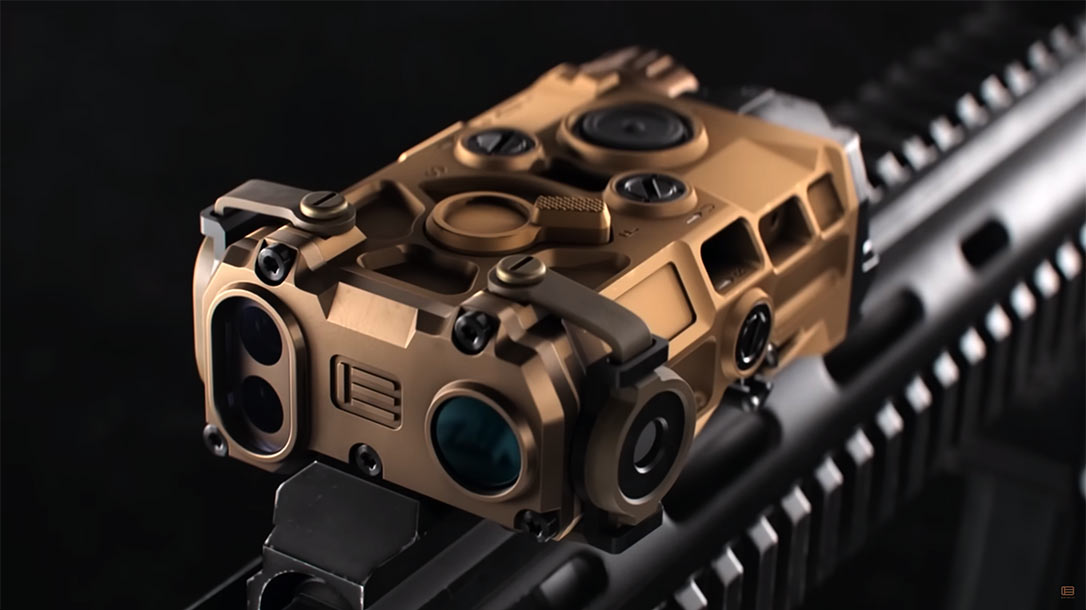Estimated reading time: 8 minutes
Gunshot wounds can be unpredictable and life-threatening. They demand immediate attention, especially in high-risk professions like law enforcement or the military. Even in SHTF scenarios, such as natural disasters or civil unrest, being prepared is non-negotiable.
Avoiding these types of injuries is the best medicine, but just in case it’s good to have a gunshot wound kit handy. This article will teach you how to create your gunshot wound kit, possibly a vital tool in these extreme situations.
Want to save this post for later? Click Here to Pin It On Pinterest!
Understanding Gunshot Wounds
When dealing with gunshot wounds, it’s important to remember that they are not uniform; their severity can vary greatly depending on several factors.
Damage caused by gunshot wounds extends far beyond the visible injury. The ballistic trauma inflicted can lead to internal bleeding, organ damage, and even death if not addressed immediately.
The high velocity of the bullet causes a shock wave that can damage tissues and organs not directly in the bullet’s path. Even after the bullet is taken out, the remaining wounds carry a high risk of infection, as the bullet can introduce bacteria from the skin into the deeper tissues.
Gunshot wounds can differ greatly based on the caliber and velocity of the bullet, the distance from which the shot was fired, and the part of the body hit.
To give you an example, a wound from a .22 caliber bullet will differ significantly from a wound inflicted by a .45 caliber bullet. This is because a .45 caliber is larger and has more stopping power.
However, that’s not the only factor, wounds to the chest or abdomen can be more life-threatening than those to the limbs, regardless of caliber.
Types of Gunshot Wounds
While the 2 basic gun wound types are generally penetrating or perforating, there are others pertaining to different parts of the body. Here is a list of gunshot wound types and the bullets that tend to cause them for reference.
- Entry Wound: This type of wound is caused when a projectile, like a bullet, pierces the skin and enters the body. Typically, entry wounds are smaller and have a more defined shape compared to exit wounds.
- Exit Wound: This wound is formed when a projectile, after penetrating the body, makes its way out. Generally, exit wounds are larger and have a more irregular shape than entry wounds.
- Penetrating Wound: In this case, the bullet breaches the body but does not make an exit. This wound can lead to considerable internal organ and tissue damage. These are usually caused by full metal jacket bullets as they are designed to penetrate without fragmenting.
- Perforating Wound: This refers to a wound where the bullet passes through the body, creating both an entry and an exit wound. High-speed bullets are the cause of these types of wounds. Each may require varying types of treatment due to their different characteristics.
- Contact Wound: This occurs when the firearm is in direct contact with the body at the time of discharge. It often results in burns and powder residue around the wound site.
- Grazing Wound: This is a superficial injury where the bullet skims the skin without penetrating deeply. A grazing wound is caused by lower-speed bullets or ammo that can ricochet.
- Fracture Wound: This wound is characterized by the bullet causing a bone to break or shatter within the body. High-velocity ammo or larger bullets are more likely to shatter bones.
- Cavity Wound: This wound is distinguished by the bullet forming a large temporary cavity within the tissue, leading to damage in the surrounding areas. These wounds are generally caused by large mass bullets and shotgun shells.
The Essential Components of a Gunshot Wound Kit

A gunshot wound, regardless of its type, is a critical and potentially life-threatening injury. The immediate response and first aid offered can significantly influence the patient’s survival and recovery. Having a well-equipped gunshot wound kit is pivotal in such situations.
A gunshot wound kit can be quite extensive and some items might have to be acquired through a hospital supply company, but here are the basic items you should have in the kit.
- Hemostatic Dressings: Hemostatic dressings are the first line of defense against excessive bleeding. These are gauze pads treated with a special substance that promotes rapid blood clotting, thus controlling hemorrhage.
- Tourniquets: A tourniquet is a compressing device used to control venous and arterial circulation to an extremity for a period of time. It is used in emergencies when direct pressure and wound packing fail to stem bleeding. It is commonly a last resort to stop bleeding as it cuts the circulation off completely.
- Chest Seals: Gunshots to the chest can lead to a collapsed lung (pneumothorax). Chest seals are adhesive devices that prevent outside air from entering the chest cavity through the wound, allowing the lung to reinflate and reducing the risk of tension pneumothorax.
- Pressure Dressings: Pressure dressings are used to apply pressure to a wound and stop or minimize bleeding. These can be used on different parts of the body.
- Nasopharyngeal Airway (NPA): NPA devices are used to ensure airway patency in unconscious patients or those with severe facial injuries.
- Decompression Needles: Decompression needles are used in the event of a tension pneumothorax, a life-threatening condition that can occur with chest injuries. The needle allows trapped air to escape from the chest cavity.
- Gauze, Gloves, and Medical Tape: These foundational first aid items are necessary for wound packing, protection against infection, and securing dressings.
- Trauma Shears: Trauma shears are used for rapidly cutting clothing to expose the wound for treatment. These are designed to cut through the fabric without risking further injury to the patient.
- Emergency Survival Blankets: These are used to help maintain body temperature and prevent hypothermia, a common risk in trauma situations due to shock and exposure.
- First Aid Manual: A field guide for dealing with gunshot wounds can be invaluable, particularly for those without advanced medical training. Even in heavily charged situations a guide can still help an experienced medic.
Additional Useful Items for a Gunshot Wound Kit

A lot of these items can be found in a standard first aid kit but can also be great when added to your gunshot wound kit. While these are good to have, they are for more general wound treatment and don’t have gun wound-specific uses. As such, these are considered “additional” and not necessarily needed.
- Tourniquet Holder: A dedicated tourniquet holder could make it easier and faster to grab a tourniquet in time-sensitive situations.
- Hemostatic Agents: These substances accelerate the clotting process when applied to a wound, rapidly halting blood loss. They are generally used intravenously.
- Splints: In the event of bone injuries, splints can immobilize the affected area and prevent further damage.
- Antiseptic Wipes: These can be used to disinfect the area around the wound before dressing it, reducing the risk of infection.
- Burn Dressings: Gunshots may cause burns due to the heat of the bullet or near misses, and these dressings can provide relief and protection.
- Pain Relief Medication: Over-the-counter pain relievers can mitigate some discomfort while waiting for professional medical assistance.
- Surgical Masks: Wearing a mask during the treatment process can help minimize the risk of infection.
- Writing Utensil and Paper: Noting down vital signs, treatment administered, and time of intervention can be of great help to the medical professionals upon their arrival.
Using a gunshot wound kit effectively is all about keeping your cool and knowing where everything is. Organize your kit like a pro – have each item in a specific spot for quick and easy access. It can’t be stressed enough that when a gunshot wound needs to be treated, every second matters.
Importance of Training and Further Education

Understanding how to respond to gunshot wounds is a crucial skill, one that requires more than just a well-stocked kit. While the contents of your gunshot wound kit are vital, they are tools that need a skilled hand to wield effectively.
Some items, like hemostatic agents or tourniquets, require specific expertise to use correctly. Courses such as “Stop the Bleed” provide invaluable knowledge, highlighting the correct techniques and processes to follow.
Not only that, but they empower individuals, giving them the confidence and competence to act decisively in a crisis. When people don’t know what to do in a situation, they tend to freeze. When people freeze, others die.
Conclusion
Being prepared for emergencies, particularly those involving gunshot wounds, is a critical responsibility we all share. A well-organized gunshot wound kit coupled with the necessary training can make a life-changing difference in such critical situations.
These kits are not just assortments of medical supplies but essential tools that, when used skillfully, can save lives. The importance of comprehensive training goes hand in hand with possessing such a kit, enhancing your confidence and effectiveness in crises.
Like this post? Don’t Forget to Pin It On Pinterest!

Read the full article here




